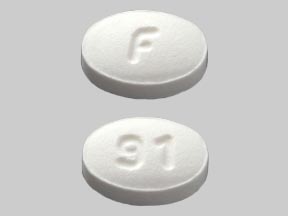Ondansetron Disease Interactions
There are 2 disease interactions with ondansetron.
Ondansetron (applies to ondansetron) QT interval prolongation
Major Potential Hazard, Moderate plausibility. Applicable conditions: Hypokalemia, Magnesium Imbalance, Congestive Heart Failure, Arrhythmias
ECG changes including QT interval prolongation have been observed in patients receiving ondansetron. Additionally, there have been some postmarketing reports of Torsade de Pointes cases. The use of ondansetron should be avoided in patients with congenital long QT syndrome. ECG monitoring is recommended in patients with electrolyte abnormalities such as hypokalemia or hypomagnesemia, patients with congestive heart failure, bradyarrhythmias, or patients taking other medicines that could lead to QT prolongation.
Ondansetron (applies to ondansetron) liver disease
Moderate Potential Hazard, High plausibility.
Ondansetron is extensively metabolized by the liver. The plasma clearance of ondansetron may be substantially decreased and the half-life prolonged in patients with impaired hepatic function. During clinical trials in patients receiving concomitant chemotherapy, transient elevations of serum transaminases and isolated cases of jaundice have been reported. Therapy with ondansetron should be administered cautiously at reduced dosages in patients with liver disease. The manufacturer recommends a maximum daily dosage of 8 mg in severe hepatic impairment.
Switch to professional interaction data
Ondansetron drug interactions
There are 364 drug interactions with ondansetron.
More about ondansetron
- ondansetron consumer information
- Check interactions
- Compare alternatives
- Pricing & coupons
- Reviews (503)
- Drug images
- Side effects
- Dosage information
- Patient tips
- During pregnancy
- Support group
- Drug class: 5HT3 receptor antagonists
- Breastfeeding
Related treatment guides
Drug Interaction Classification
| Highly clinically significant. Avoid combinations; the risk of the interaction outweighs the benefit. | |
| Moderately clinically significant. Usually avoid combinations; use it only under special circumstances. | |
| Minimally clinically significant. Minimize risk; assess risk and consider an alternative drug, take steps to circumvent the interaction risk and/or institute a monitoring plan. | |
| No interaction information available. |
See also:
Further information
Always consult your healthcare provider to ensure the information displayed on this page applies to your personal circumstances.


